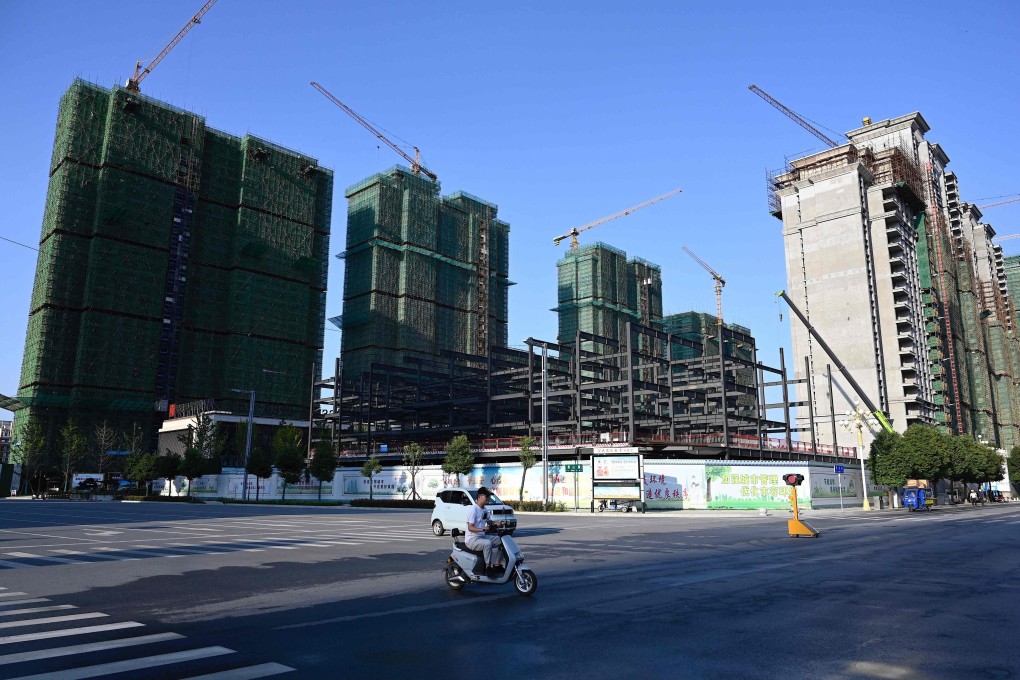Exclusive | Hong Kong’s Shui On Land focusing on mainland China’s affluent regions for new projects, prioritising financial health and strength
- Shui On remains quality-conscious in its selection of projects with a focus on developing large scale, mixed-use, and sustainable communities
- Despite opportunities in distressed property assets, the company will not get involved unless the price and quality of the unfinished projects are extremely attractive

Stephanie Lo Bo-yue, an executive director of Shui On, told the Post in an interview that despite opportunities in distressed property assets, the company will not get involved unless the price and quality of the unfinished projects are extremely attractive.
“We are actively looking for opportunities,” she said. “For example, some land parcels at good locations in Shanghai will draw our attention and investment. We remain cautiously optimistic despite the uncertainty in the market.”
Shui On retains its focus on large scale mixed-use, and sustainable communities, with projects such as the Xintiandi landmark project under its belt. Xintiandi is an enclave of traditional shikumen (stone-gated) buildings in Shanghai that have since been converted into trendy bars and restaurants.
